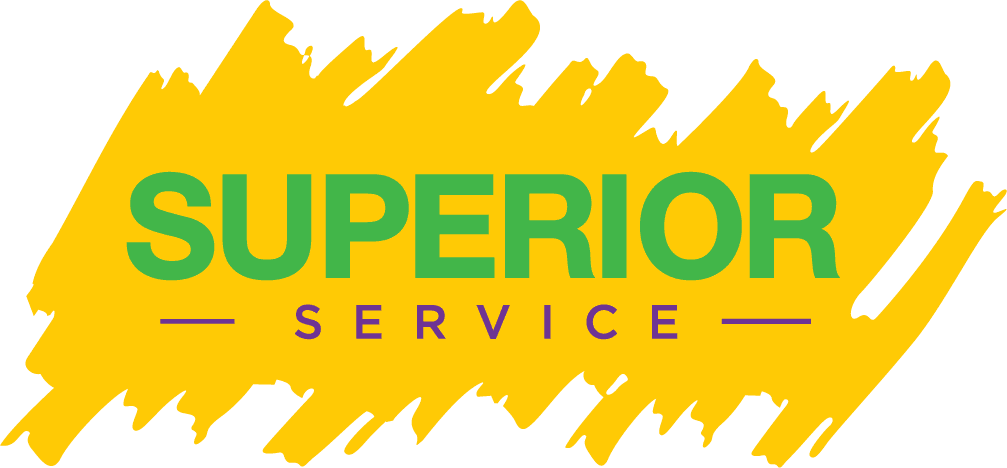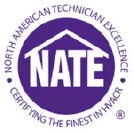Plumbing 101: A Guide to Understanding and Maintaining Your Home’s Plumbing
Plumbing is an essential aspect of every home, yet it’s often overlooked until a problem arises. From leaky faucets to clogged drains, plumbing issues can disrupt daily life and cause costly damage if not addressed promptly. In this blog, we’ll dive into the basics of plumbing, common problems homeowners face, and tips for maintaining a healthy plumbing system.
Understanding Your Plumbing System:
Your home’s plumbing system consists of a network of pipes, fixtures, and appliances that work together to deliver clean water for consumption, remove wastewater, and maintain sanitation. The main components of a plumbing system include:
- Supply Pipes: These pipes deliver fresh water from the municipal supply or well to your home.
- Fixtures: These include sinks, toilets, showers, and bathtubs where water is used and drained away.
- Drainage Pipes: After use, wastewater is carried away through drainage pipes to the sewer system or septic tank.
- Water Heater: This appliance heats water for domestic use, such as bathing and washing dishes.
Common Plumbing Problems:
- Leaky Faucets: A dripping faucet may seem minor, but it can waste a significant amount of water and increase your utility bills.
- Clogged Drains: Build-up of hair, grease, and debris can lead to slow or clogged drains in sinks, showers, and tubs.
- Running Toilet: A toilet that continues to run after flushing can waste water and indicate a faulty flapper valve or fill valve.
- Low Water Pressure: Weak water flow from faucets and showers may be caused by mineral deposits or leaks in the plumbing system.
- Frozen Pipes: In cold climates, pipes can freeze and burst, causing extensive water damage to your home.
Plumbing Maintenance Tips:
- Regular Inspections: Periodically check for leaks, drips, and signs of water damage under sinks, around toilets, and near appliances.
- Clean Drains: Prevent clogs by using drain strainers to catch hair and debris, and regularly flush drains.
- Fix Leaks Promptly: Address leaks and drips as soon as they’re discovered to prevent water waste and further damage.
- Insulate Pipes: In cold weather, insulate exposed pipes to prevent freezing and reduce the risk of burst pipes.
- Schedule Professional Inspections: Consider scheduling annual plumbing inspections with a licensed plumber to identify potential issues before they escalate.
Schedule An Estimate or Service Call
Understanding the basics of your home’s plumbing system and knowing how to identify and address common problems is essential for maintaining a functional and efficient plumbing system. By practicing regular maintenance and addressing issues promptly, you can prevent costly repairs and ensure the long-term integrity of your home’s plumbing. If you encounter complex plumbing problems or need assistance with maintenance, don’t hesitate to give us a call. A little preventive care goes a long way in keeping your plumbing system in top condition.





